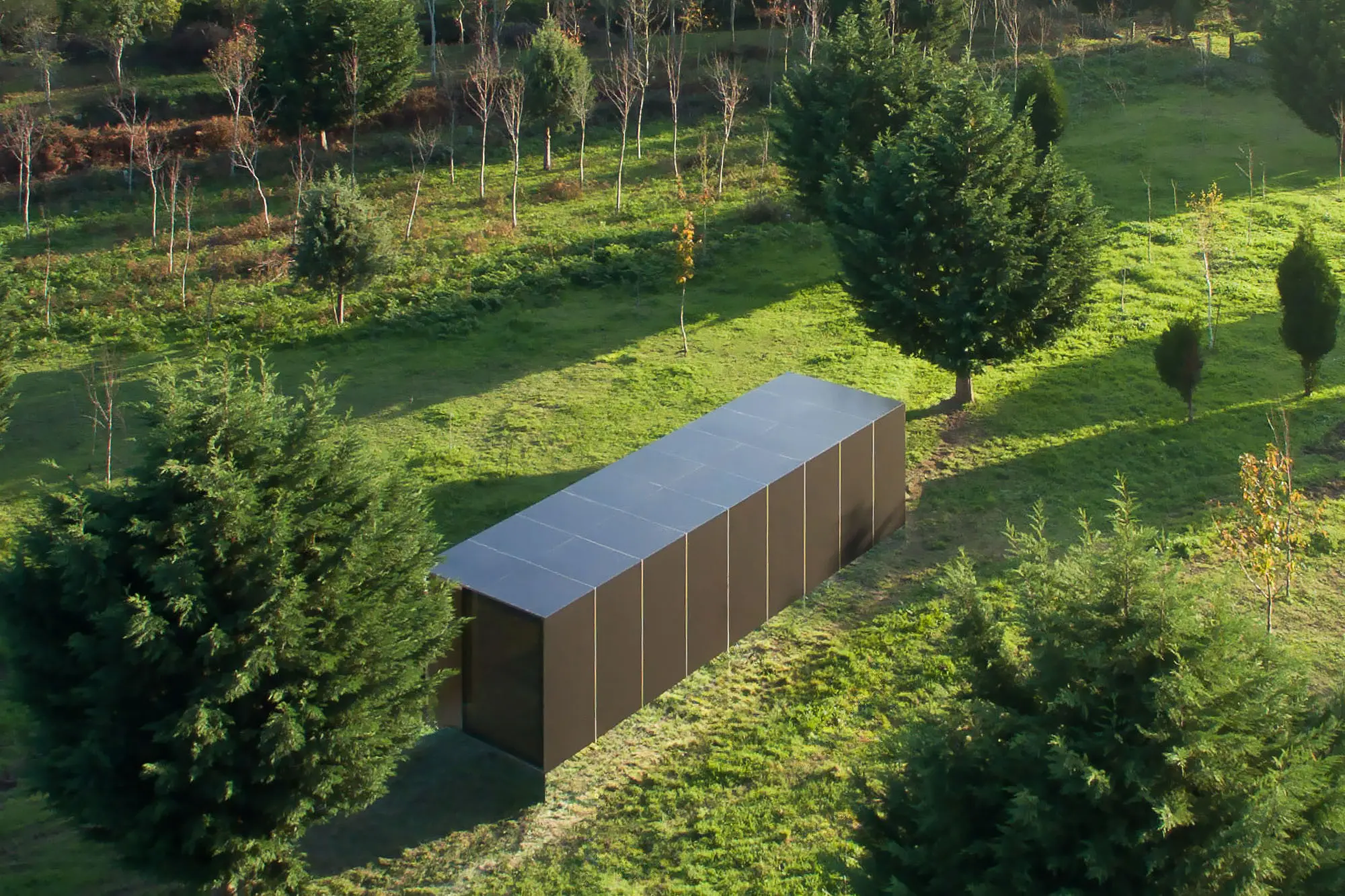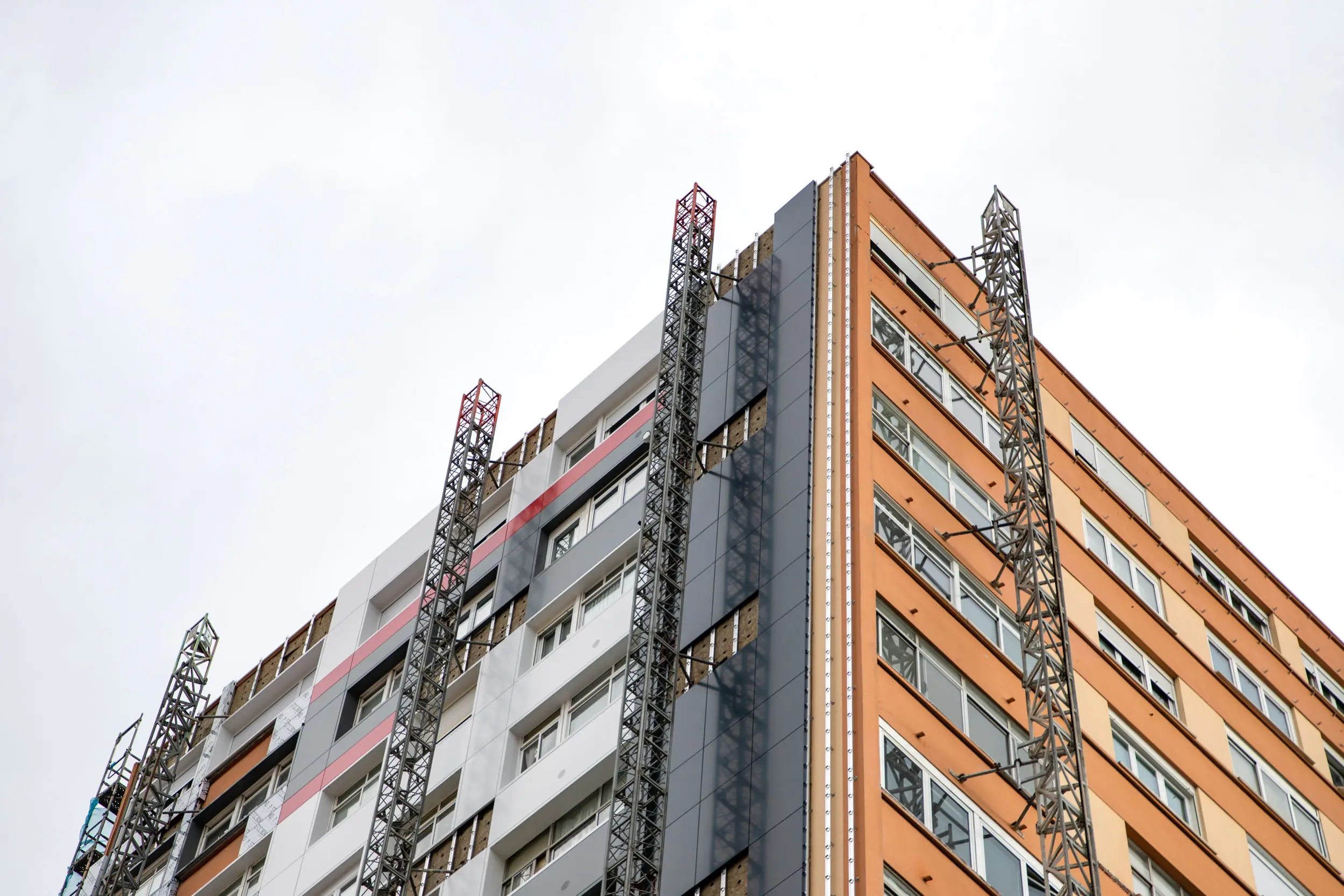What are aluminum composite panels used for? Applications and benefits
Aluminum composite panels (ACM) are becoming increasingly popular in architectural and construction projects due to their versatility, light weight and durability. These panels offer sustainable and aesthetic solutions that suit a wide range of applications. In this article, we explore the main applications of ACM panels and the benefits they bring in each context.

Main applications of aluminum composite panels
Ventilated facades
ACM panels are ideal for ventilated facades, as their structure helps to improve the thermal and acoustic insulation of the building. In ventilated facade systems, these panels act as an external barrier, reducing heat transfer and lowering energy consumption by more than 30%, which is crucial in sustainable construction.
Interior and decorative cladding
Thanks to their light weight and variety of finishes, composite panels are perfect for interior cladding. They can be used on walls, ceilings and partitions, providing clean, durable surfaces in commercial and residential interiors. STACBOND offers a range of colors and textures, with the possibility of customization through the colorimetry laboratory, allowing the creation of uniquely designed spaces.
Advertising and signage support
The uniform surface of ACM panels makes them an excellent choice for banners and signage. In addition, their weather resistance ensures that colors and graphics remain vivid and legible for a long time, even in outdoor conditions.
Renovations and refurbishments
Thanks to their ease of installation, ACM panels are ideal for refurbishment projects. Their light weight reduces the load on the building structure, allowing old facades to be clad without the need for major structural modifications. This is beneficial in projects where there is a need to improve aesthetics and energy performance without compromising the original infrastructure.
Benefits of aluminum composite panels in architecture
Thermal and acoustic insulation
The structure of ACM panels and their application in ventilated facades contribute significantly to thermal and acoustic insulation, helping to improve energy efficiency and reduce environmental noise. This results in more comfortable interiors and reduced energy costs.
Weathering and UV resistance
The high-quality coating of STACBOND panels, such as PVDF 70/30 paint, protects the panels from UV rays, preventing fading and deterioration over time. In addition, their anti-corrosion properties make them ideal for urban and coastal environments.
Design and customization options
STACBOND ACM panels offer a variety of customization options, with special colors and finishes from any RAL, PANTONE or NCS color. In addition, STACBOND has innovative mounting systems, such as the T-CH-PRO and T-SZ-PRO systems, which allow for modular configurations for unique projects.
Sustainability and recycling
STACBOND incorporates sustainable practices through its STACBOND Recycling service, which allows for the collection and recycling of construction site remnants, promoting the circular economy. This commitment to sustainability makes ACM panels an eco-friendly option for projects seeking to reduce their carbon footprint and obtain LEED or BREEAM certifications.
Aluminum composite panels are a versatile and efficient solution in architectural design. Their applications range from ventilated facades and interior cladding to signage and building rehabilitation, offering benefits such as insulation, strength and sustainability. STACBOND, in particular, offers a wide range of customizable and environmentally friendly options that meet the demands of modern architecture.



